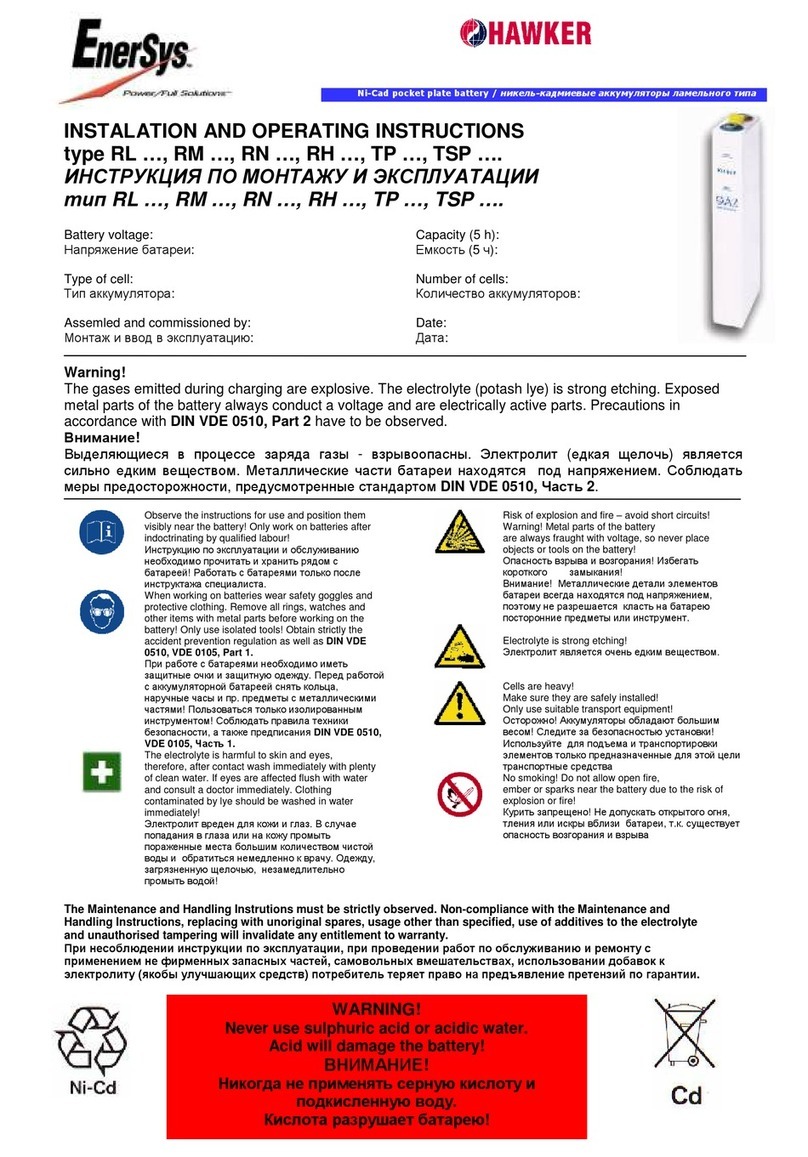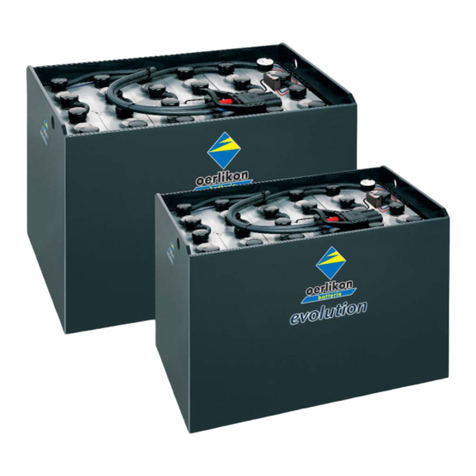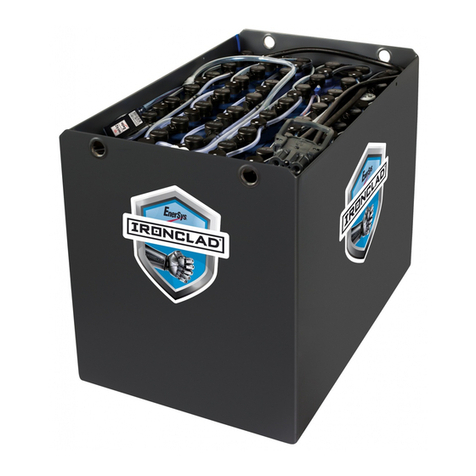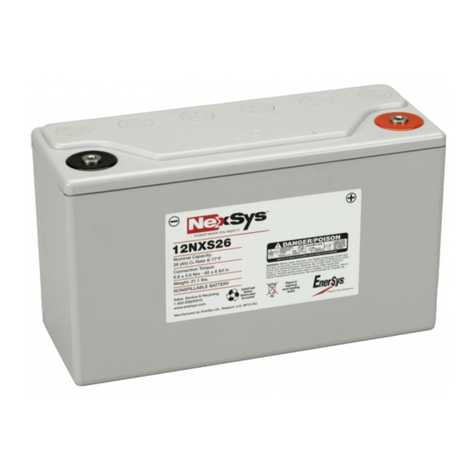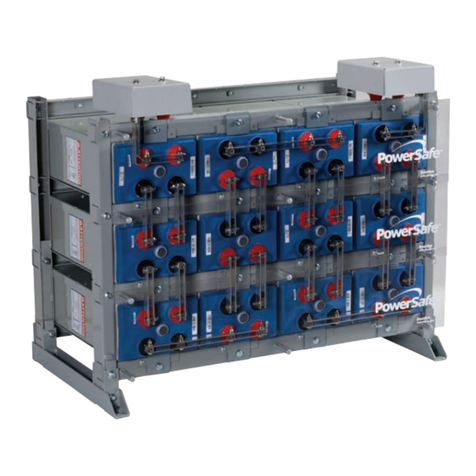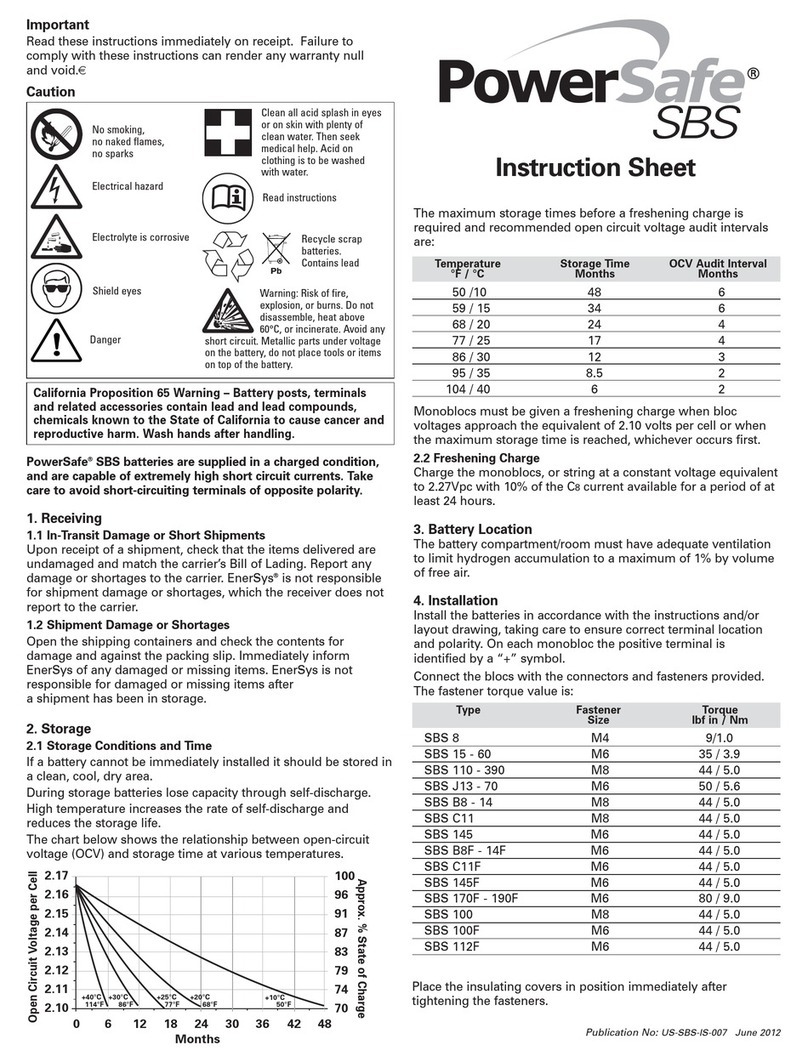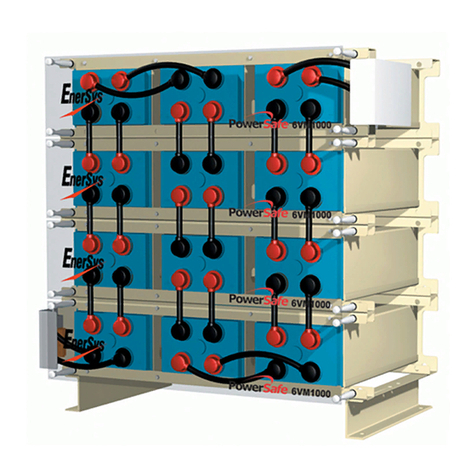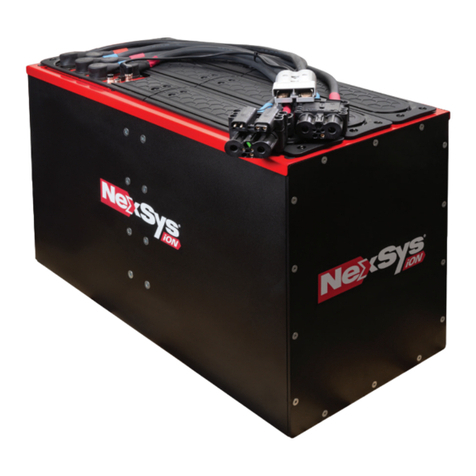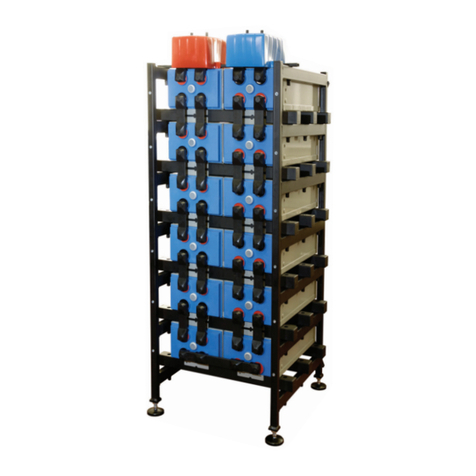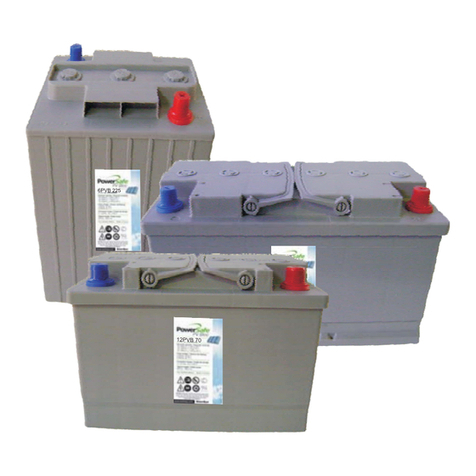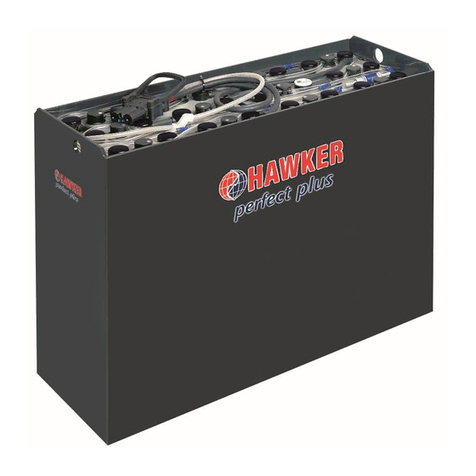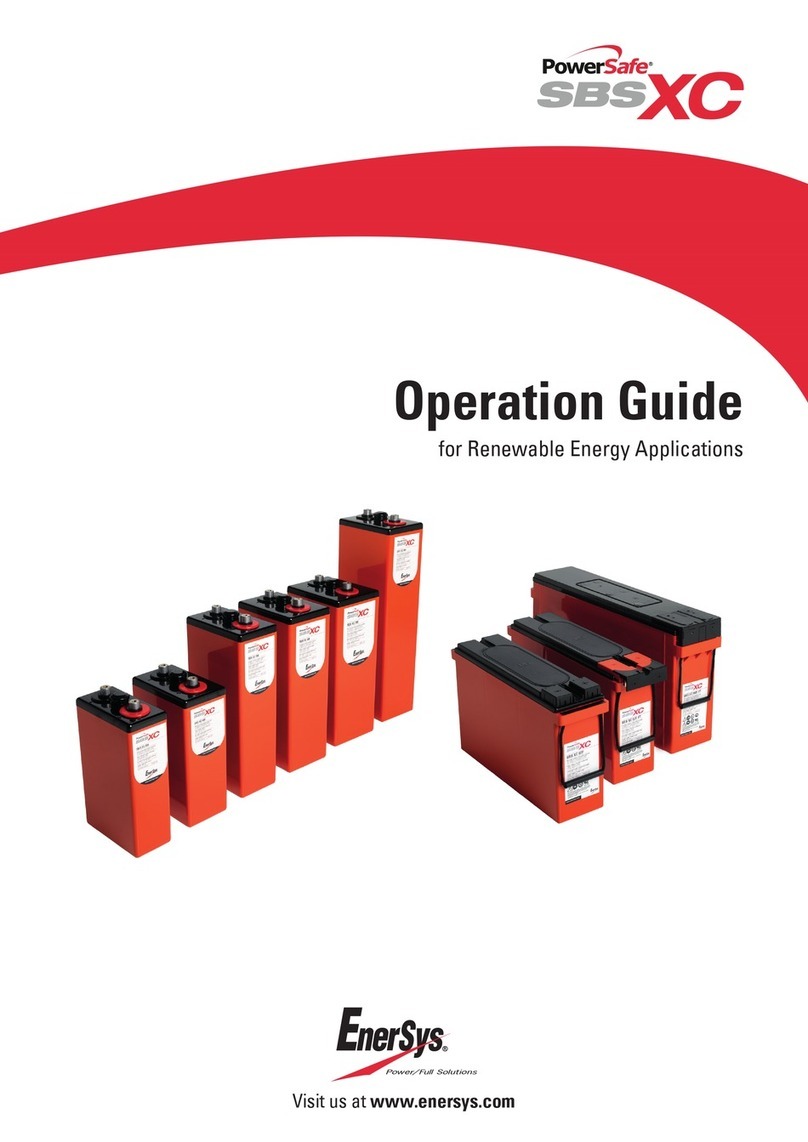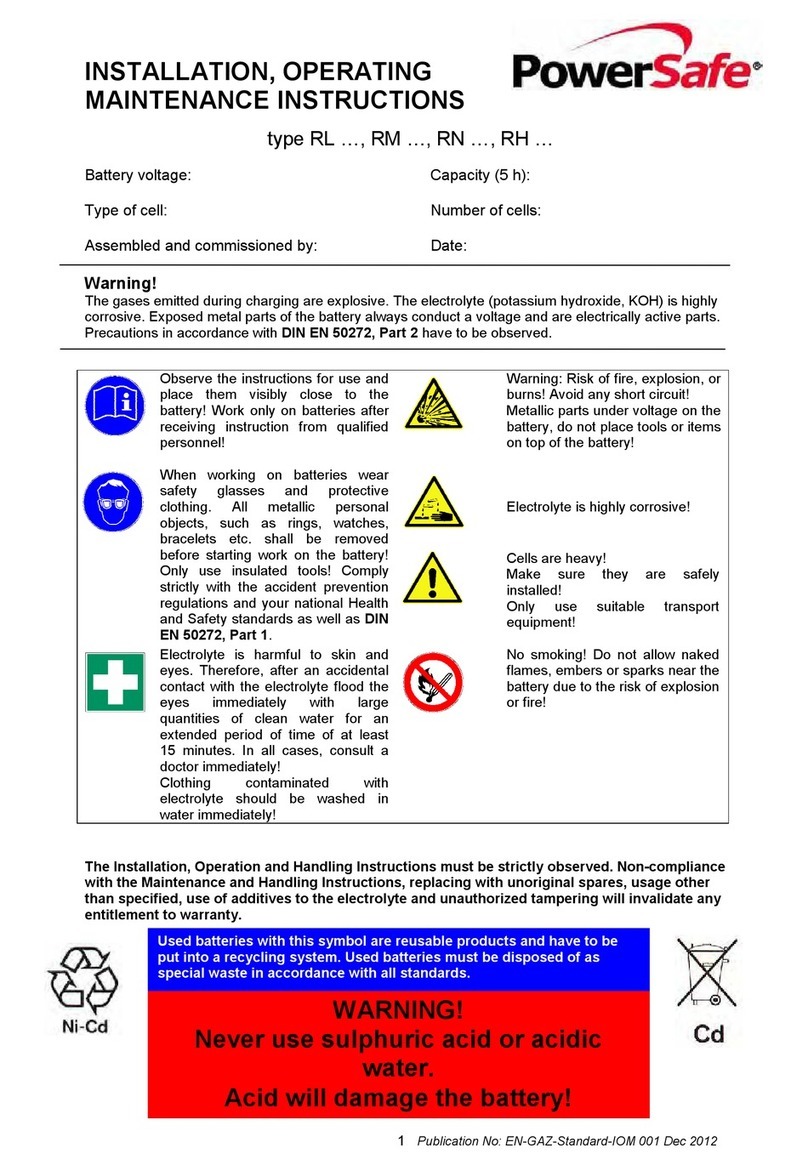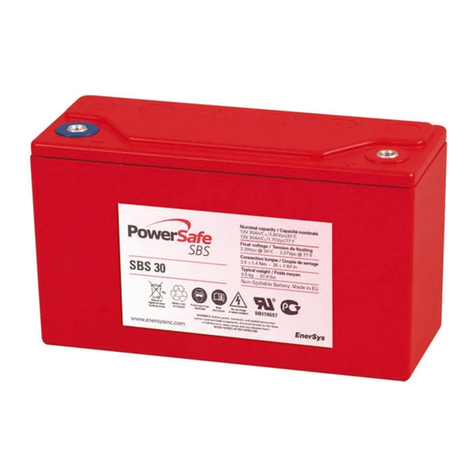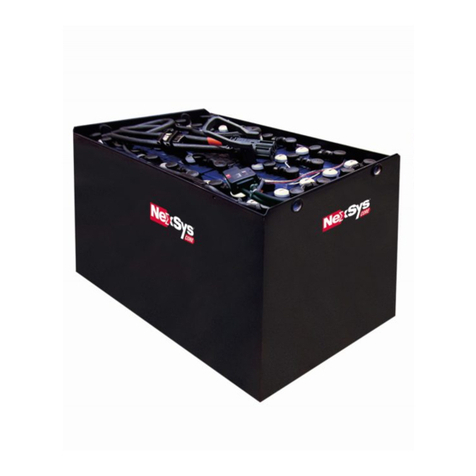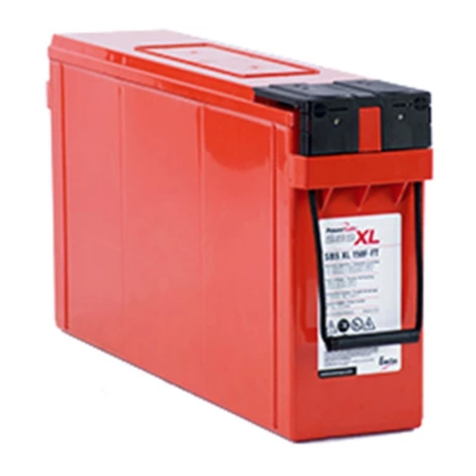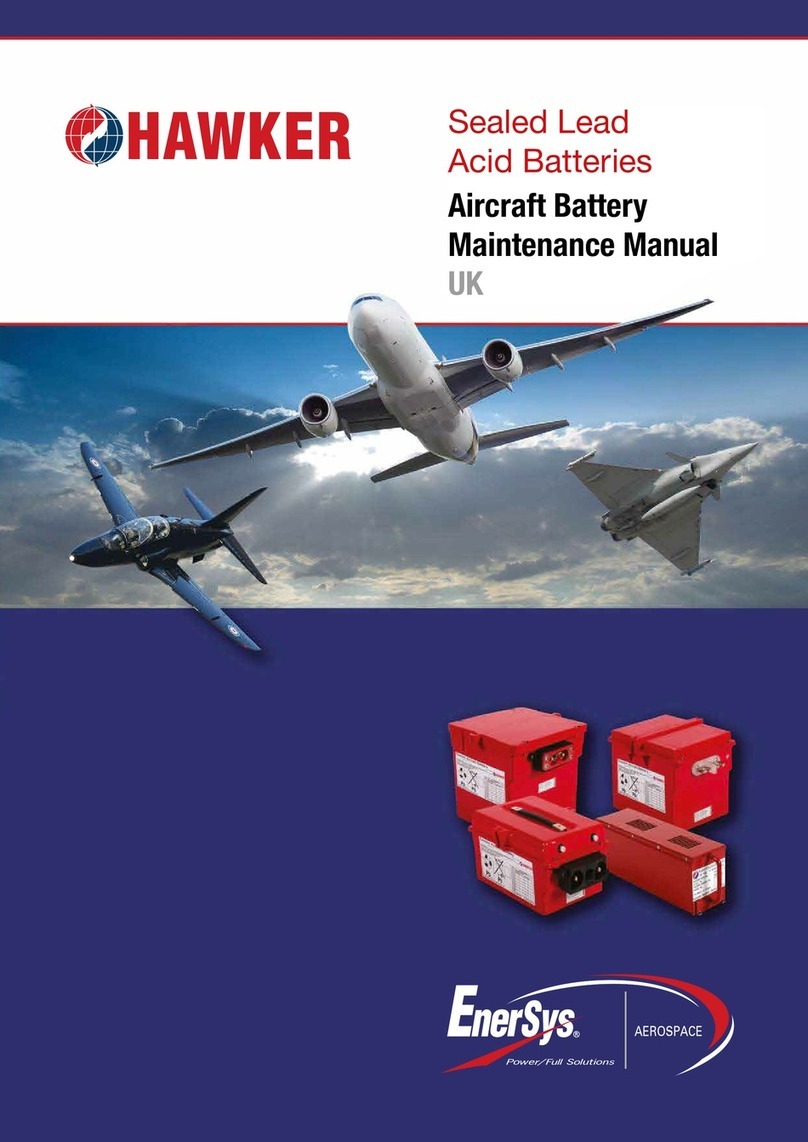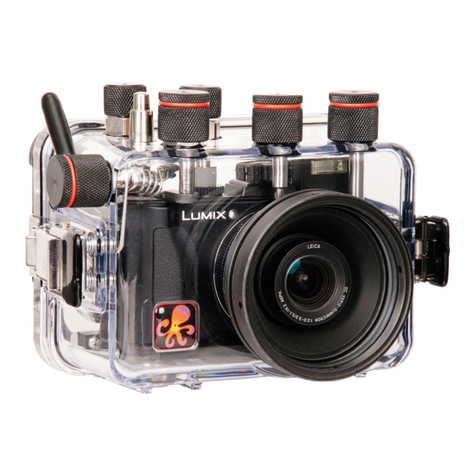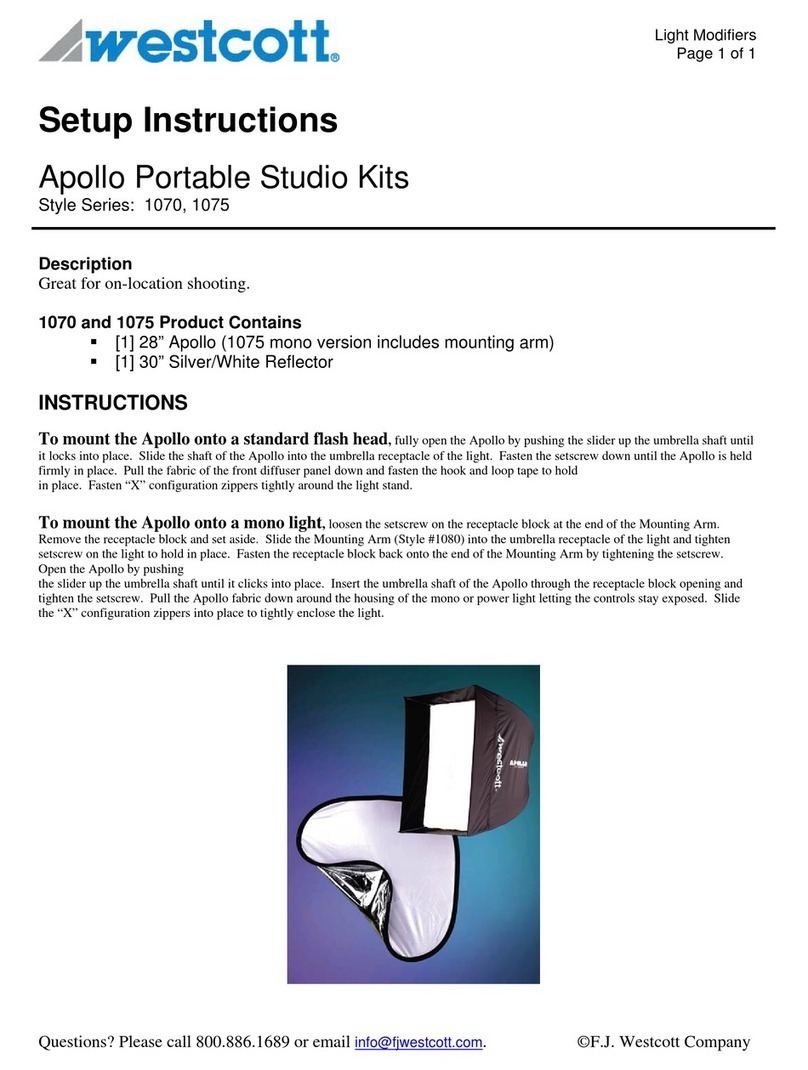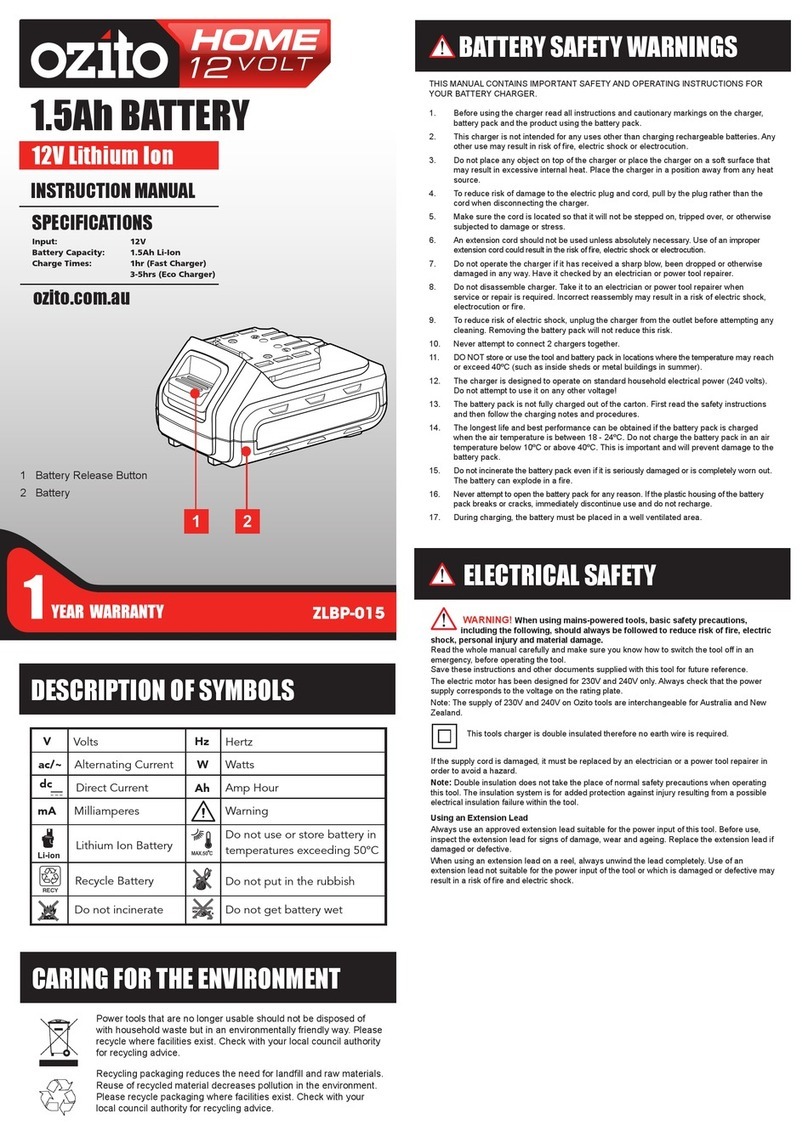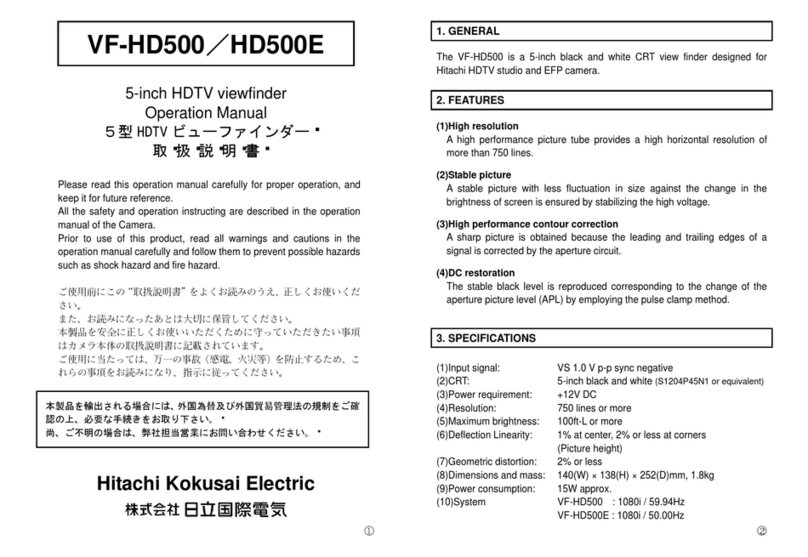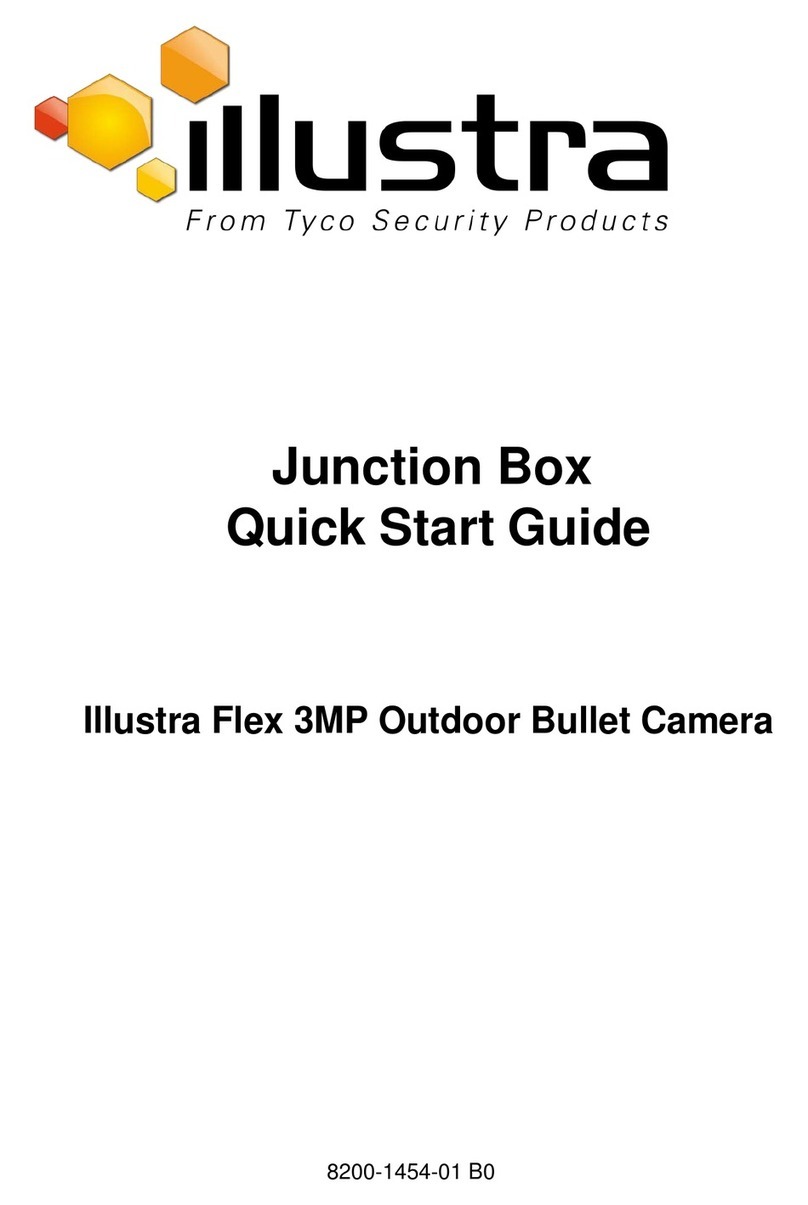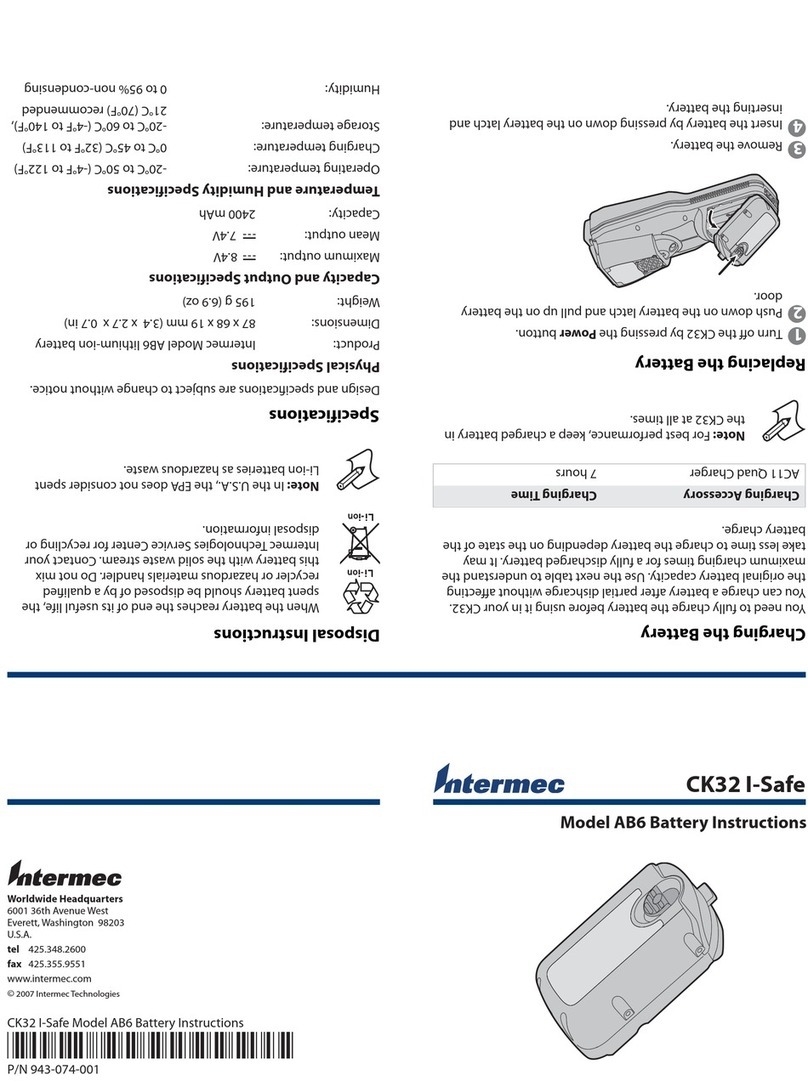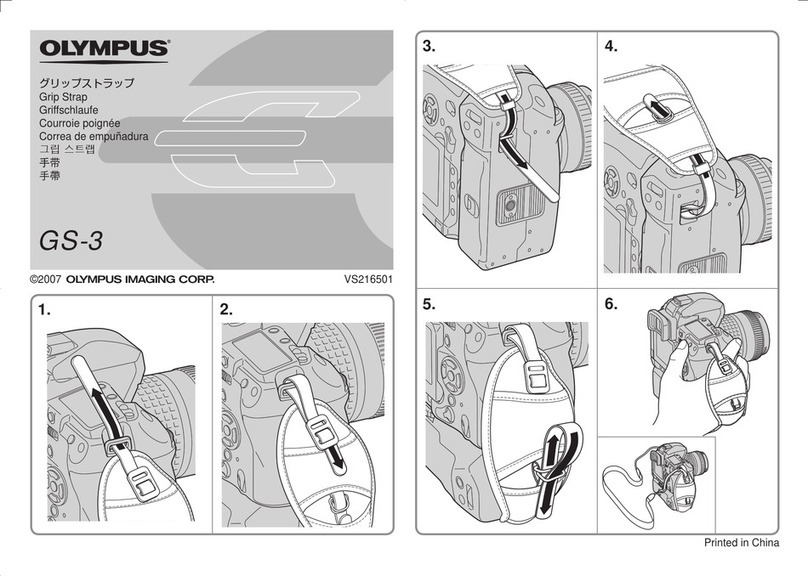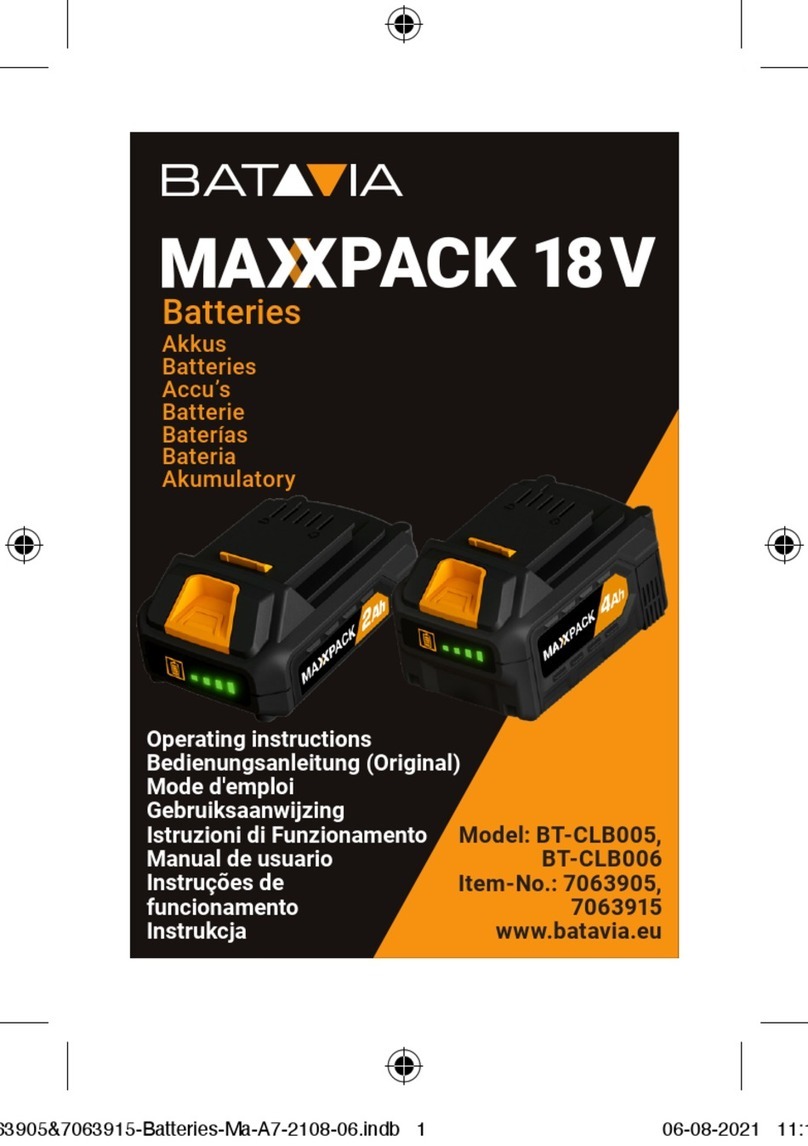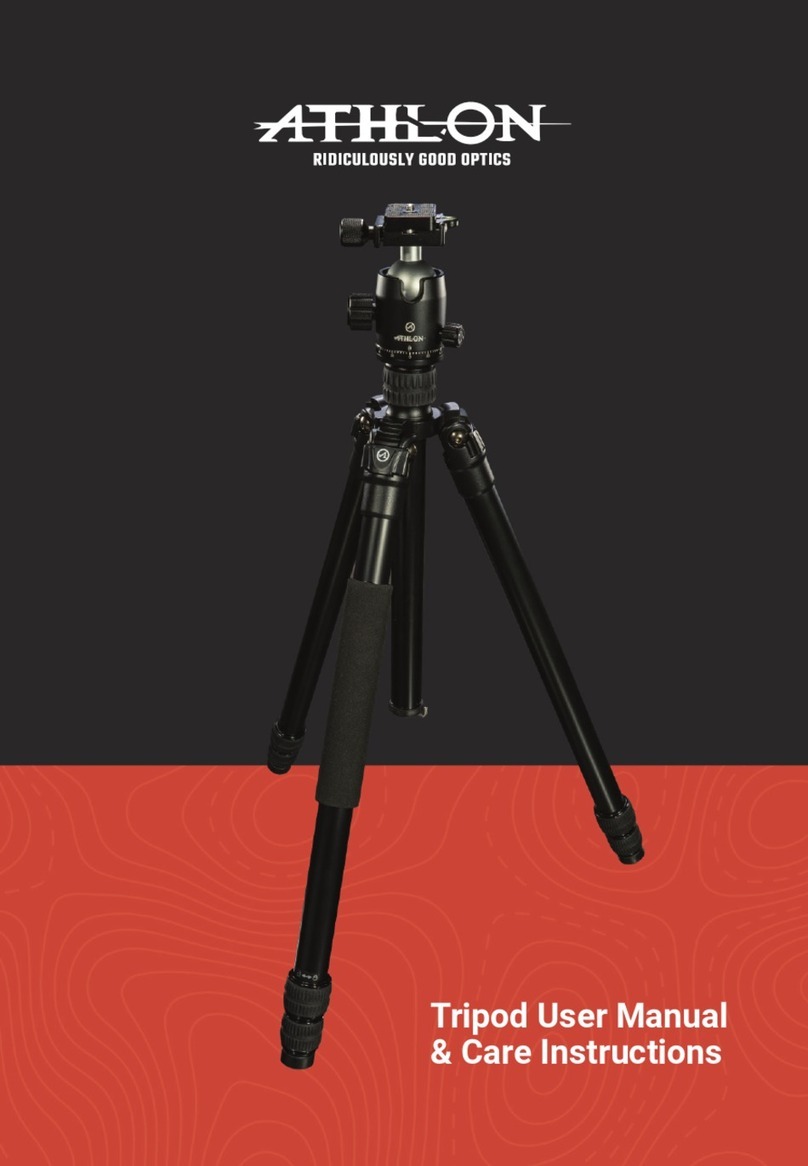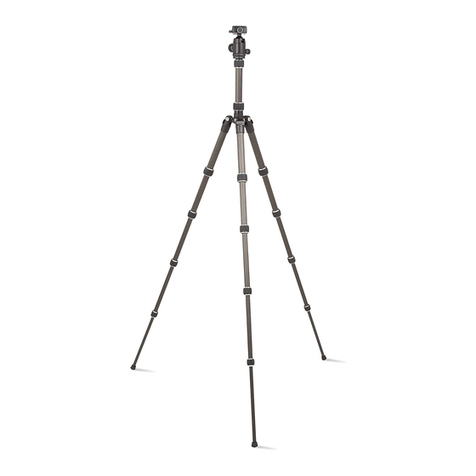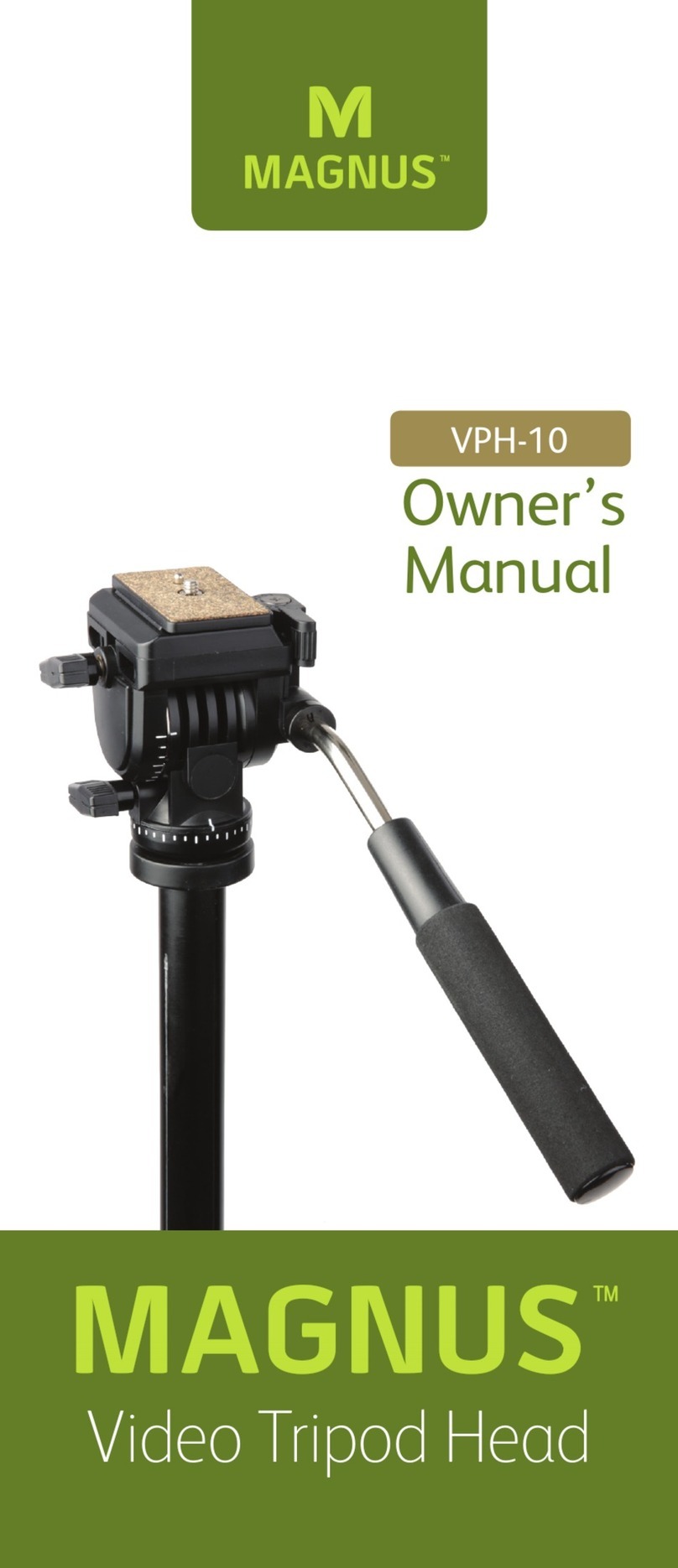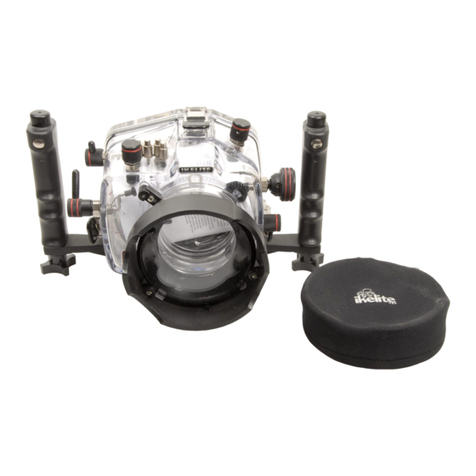
5. Commissioning
NexSys®CORE ATEX batteries are supplied in a charged
condition. Check the following:
1. The cleanliness of the battery and the vehicle’s battery
compartment.
2. Ensure systems are in place to prevent your battery being
connected to the improper charging equipment. Ensure
all connections are correct and that positive and negative
polarities, which are clearly indicated on plugs, are
respected. Improper connection may result in damage to
the battery, vehicle or charger.
3. Ensure that any charging equipment is suitable for use with
NexSys®CORE ATEX batteries.
4. Charge the battery before rst use.
5. Should there be any uncertainty regarding the nature
of the hazardous area, please contact the equipment
representative.
6. Operation
6.1 Operational safety
Batteries should be used in accordance with the EN 62485-3
standard (“Safety requirements for secondary batteries and
battery installations - Part 3”) and Directive 1999/92/EC
(“Minimum requirements for improving the health and
safety protection of workers potentially at risk from explosive
atmospheres”).
6.2 Operating conditions
The ATEX-approved operating temperature range is -20°C to
40°C.
The lifetime of the battery depends on a number of operating
conditions, in particular the operating temperature and depth
of discharge. Optimal battery life is obtained with the battery
at a temperature between +15°C and +35°C to maximise
performance and battery life. High temperatures shorten
the life of the battery, low temperatures reduce the available
capacity.
Operating at a depth of discharge of 60% or less will maximise
the battery lifetime. The maximum permissible discharge is
80% of C5nominal capacity. From new, the battery reaches
its full capacity after approximately three charge/discharge
cycles.
6.3 Discharging
The valves on the top of the battery must not be sealed or
covered. Electrical connections (e.g. plugs) must only be
connected or disconnected in the open circuit condition
(without load). Discharges over 80% of the rated capacity are
categorised as deep discharges and are not acceptable as
they signicantly reduce the life expectancy of the battery.
Discharged batteries MUST be recharged immediately and
MUST not be left in a discharged condition.
Note: The following statement only applies to partially
discharged batteries.
Discharged batteries can freeze. Limit the discharge to
a maximum of 80% depth of discharge (DOD). The cycle life of
the battery will depend on the DOD; the higher the DOD, the
shorter the cycle life. The presence of a discharge limiter on
the vehicle is necessary.
When discharged with currents in the range of I1to I5, the
following energy cut-o settings must be used:
• 60% DOD 1.96V
• 80% DOD 1.92V
At lower currents please seek advice from EnerSys.
6.4 Charging
Note: Never recharge a NexSys®CORE ATEX battery in
a zoned area unless special conditions, dened by equipment
manufacturers, are met.
NexSys®CORE ATEX batteries must be charged using
appropriate EnerSys chargers. Using non-specied
chargers will invalidate the warranty. NexSys®CORE
ATEX batteries are suitable for both standard duty and
heavy-duty applications. In standard duty applications the
charger (0.2-0.25 charging rate) will recharge the battery
from 80% depth of discharge in approximately six hours.
Short opportunity charges are allowed (one opportunity
charge is permitted between main charges with a maximum
energy throughput of 100% C5)
Charging
Rate
From 80%
Depth of
Discharge to
Full Charge
From 60%
Depth of
Discharge to
Full Charge
From 40%
State of
Charge to
80% State of
Charge
0.25 C55.5 hours 4.75 hours 1.6 hours
0.20 C56.25 hours 5.25 hours 2 hours
Under normal circumstances NexSys®CORE ATEX batteries
have extremely low gas emissions. For safety purposes, when
calculating gas emission levels, use 1.5A / 100Ah C5. Provision
must be made for venting of the charging gases. When
charging, doors, battery container covers (when present)
and the covers of battery compartments must be opened or
removed. Ventilation openings must not be sealed or covered.
Electrical connections (e.g. plugs) must only be connected
or disconnected under open circuit condition. To charge
the battery, connect it to the charger ensuring the charger
is switched o. Ensure positive and negative polarities are
correct. NexSys®CORE ATEX batteries must receive their full
charge at least once a week.
6.5 Equalising charge
NexSys®, NexSys®+ and Lifespeed iQ™ chargers will
automatically provide an equalising charge, following
a normal full charge (conditions embedded into the charging
prole).
7. Maintenance
As the electrolyte is immobilised its density cannot be
measured. Never remove safety valves from cells. In case
of accidental damage to valves, contact EnerSys®for
replacement.
7.1 Daily
Recharge the battery after every discharge. Check the
condition of the plugs, cables and that all insulation covers
are in place and in good condition. If any damage is visible,
take the battery out of service immediately and place it in
a safe area outside the hazardous zone. Do not attempt to
repair NexSys®CORE ATEX battery unless qualied to do so.
Call EnerSys or your authorised service representative for
assistance.
7.2 Weekly
Visually inspect the battery for signs of dirt and mechanical
damage to all component parts. Pay attention to the battery
charging plugs and cables.
7.3 Quarterly
It is recommended to carry out voltage readings at the end of
charge as well as to measure and record:
• The voltage of the complete battery
• The voltage of each cell
If signicant changes from earlier measurements or dierences
between cells are found, please contact EnerSys service.
If the runtime of the battery is not as expected, check the
following:
• That the required application matches the battery capacity
• The settings of the charger
• If necessary, the settings of the discharge limiter on the
vehicle.




